 |
| September 02, 2020 |
Dear Reader,
The search for extraterrestrial intelligence has long relied on radio telescopes to listen for broadcasts from potential alien callers. Yet in an expansive galaxy such as ours, how can we ever be sure that we have tuned in to the right station? Our lead story takes on this question. In other space news, gravitational-wave detectors LIGO and Virgo have captured the signal of two behemoth black holes merging some 17 billion light-years away. Astronomers said the finding provides their first look at "intermediate"-size black holes. Also featured in today's roundup: Elon Musk's brain tech start-up Neuralink unveiled the latest version of its neural implant technology. And lastly, as part of our 175th anniversary celebration, poetry returned to the pages of Scientific American this year. Read a poem written by Simon Armitage, the current U.K. national Poet Laureate. |
| | Sunya Bhutta, Senior Editor, Audience Engagement
@sunyaaa | |
 |
| |
| |
| |
| |
| |
| |
| |
| |
| |
FROM THE STORE
 | | Anniversary Sale In honor of our 175th anniversary, save 25% on any subscription with full digital archive access to Scientific American |  | | |
| |
FROM THE ARCHIVE
 | | | |
| |
LATEST ISSUES
 |
| |
| Questions? Comments?  | |
| Download the Scientific American App |
| |
| |



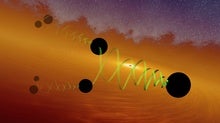



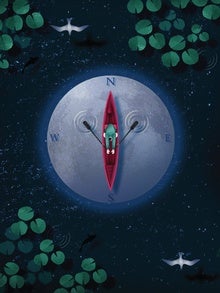
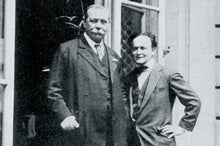

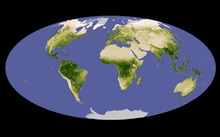


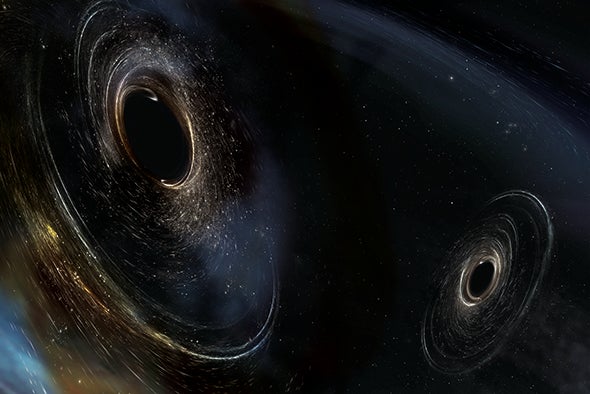
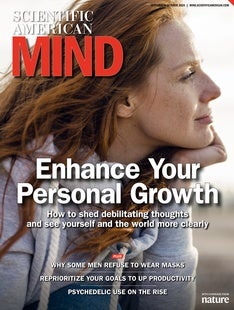

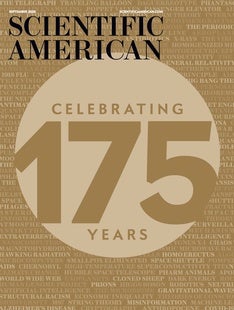
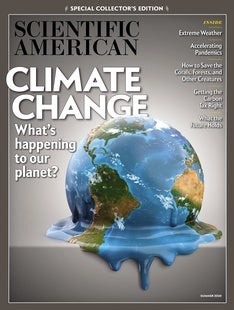
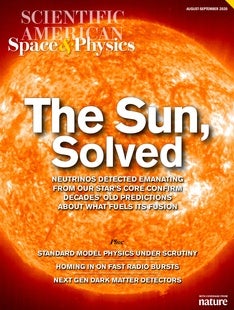



Comments
Post a Comment